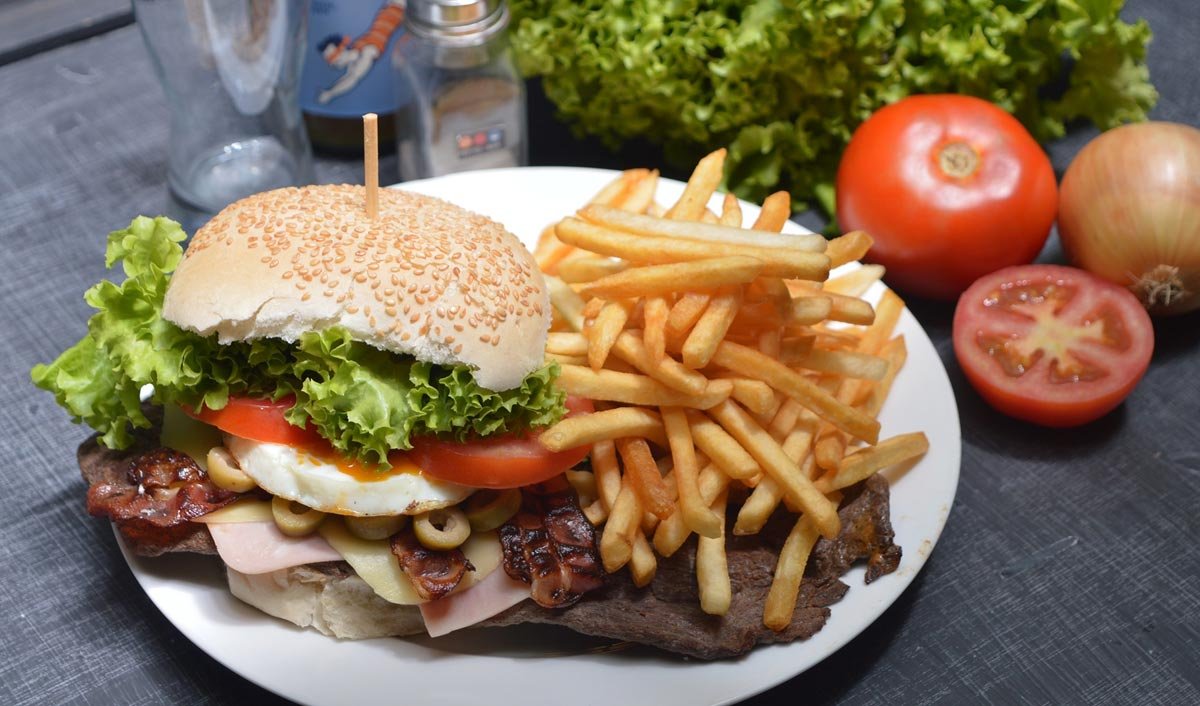The cornerstone of a successful fine-dining restaurant lies in delivering an exceptional experience that guests will remember long after their meal. It all begins with exceptional service—staff should be thoroughly trained, highly attentive, and well-versed in the menu to deliver a level of sophistication and care that defines fine dining. The trends in fine dining are local and seasonal menus, sustainability and zero waste cooking, chef-driven storytelling, plant forward dining, pop-ups and integration of technology. The market was valued at USD 166.86 billion in 2024 and is expected to grow at a compound annual growth rate (CAGR) of 6.54%, reaching approximately USD 243.17 billion by 2030.
The Ambience
Ambience plays a crucial role in enhancing the overall experience. Whether designed as an intimate, tranquil retreat or a lively, contemporary space, the setting should reflect the restaurant’s character and connect meaningfully with its guests.
Staff Training
Rigorous and ongoing staff training is also essential—culinary and service teams are continuously coached to maintain excellence, adapt to evolving menus, and reflect the brand’s values with every guest interaction.
Tusheeta Khanna, Director of EnCanto Restaurant said, “Hiring passionate, well-trained staff, maintaining strong supplier relationships, and prioritizing guest experience over everything else are essential. Finally, consistency across operations, innovation in offerings, and a clear brand identity complete the formula.”
Quality and consistency
Quality and consistency are the foundations of guest trust and brand reputation. To uphold these standards, leading restaurants implement streamlined kitchen workflows, ensuring precision and uniformity in every dish.
Prashant Issar, Managing Director of Bellona Hospitality said, “Every element of the dining environment contributes to consistency. From lighting, music, and temperature control to hygiene and table settings, these subtle but vital details work together to create a seamless, uninterrupted experience across all visits.”
“We conduct regular kitchen audits, chef training, and tasting sessions to ensure consistency in every dish. Our culinary philosophy prioritizes craftsmanship and discipline, ensuring that guests receive the same high-standard experience each time they visit,” commented Khanna.
“At Bellona Hospitality, this commitment is taken further with initiatives like the Bell Coins program, which captures guest preferences and behaviors across all locations through a centralized POS system. This empowers staff to offer a personalized, high-touch experience tailored to individual guest expectations, without compromising consistency or brand standards,” highlighted Issar. In essence, quality and consistency in fine dining aren’t just processes—they are promises, delivered through precision, people, and personalized care.
Service excellence
A strong focus on service excellence is maintained through seamless coordination between front-of-house and back-of-house staff. Feedback is regularly analyzed, internal audits are conducted, and staff meetings are held to identify improvements and uphold best practices.
Issar pointed, “We undertake continuous learning and development programs to ensure that the staff is updated and have the necessary know-how to attend guests and deliver a memorable experience every time.”
Marketing & Branding
A distinct brand voice is consistently applied across all platforms—social media, websites, and delivery apps—through engaging visuals, curated content and regular updates.
Issar noted, “Guest interaction is a core focus. Through campaigns and feedback channels, guests are encouraged to share genuine experiences, which are actively used to refine offerings and improve service. Loyalty data from the Bell Coins program and digital insights help personalize marketing efforts and drive targeted outreach.”
Khanna added, “We use aesthetic visuals, influencer collaborations, themed events, and immersive social media to create aspirational value. Offline, we focus on curated experiences and collaborations that align with our brand. Seasonal campaigns, strong visual identity, and emotional branding help us stay top-of-mind.”
“We also have a strong digital presence, the same has been created by disseminating high quality content on Instagram, Facebook & LinkedIn, regular story telling around our chefs, ingredients, team and guests,” said Sharad Madan, Co-founder, Begam.
Strategic use of reels, behind-the-scenes videos, and UGC (User-Generated Content) helps in reaching more audiences. Good reviews are amplified; concerns are resolved quickly and personally.
Menu innovations and Operational Efficiency
Menu innovation is central to the guest experience, driven by creativity, regional exploration, and the use of premium ingredients. Each brand regularly refreshes its offerings to stay relevant and engaging.
Khanna said, “At EnCanto, menu innovation is not just about introducing new dishes—it’s about curating experiences rooted in culture, seasonality, and creativity. Our culinary team constantly explores traditional Mexican recipes and reimagines them with modern techniques and global influences.”
“On the operations side, efficiency is achieved through strong kitchen-service coordination, the use of smart POS systems, and tech-enabled workflows. These tools ensure consistency, manage inventory more effectively, and streamline order processing,” added Issar.
Commenting on this, Madan said, “We actively monitor guest preferences, reviews, and industry trends to introduce items that are relevant and in demand whether its plant-based dishes, regional cuisines, or modern reinterpretations of classics. We also focus on plating, storytelling, and pairings to offer a complete sensory experience. While creativity drives our offering, efficiency sustains the business.”
Technology
Technology must be embraced, with up-to-date websites, an active online presence, and collaborations with third-party apps to promote user convenience. A strong digital footprint is now required, as fine dining moves outside the physical place.
While, the future of fine dining is being driven by changing consumer preferences, advancements in technology, and an increasing focus on immersive experiences, sustainability, and tailored hospitality, we can surely say that with these tips you can achieve success.























